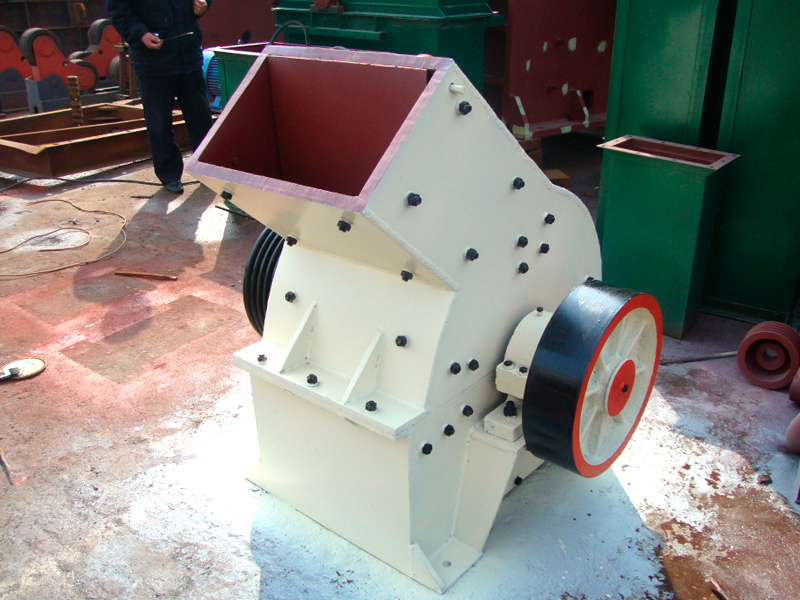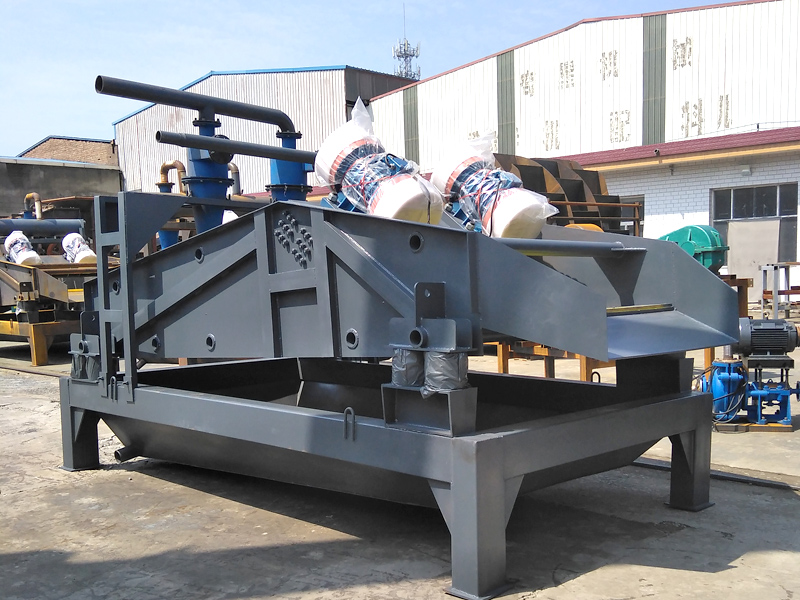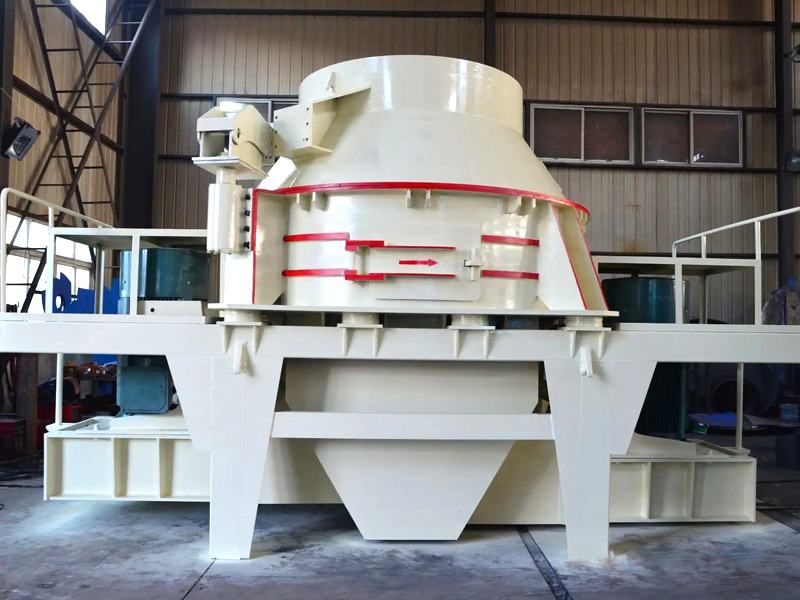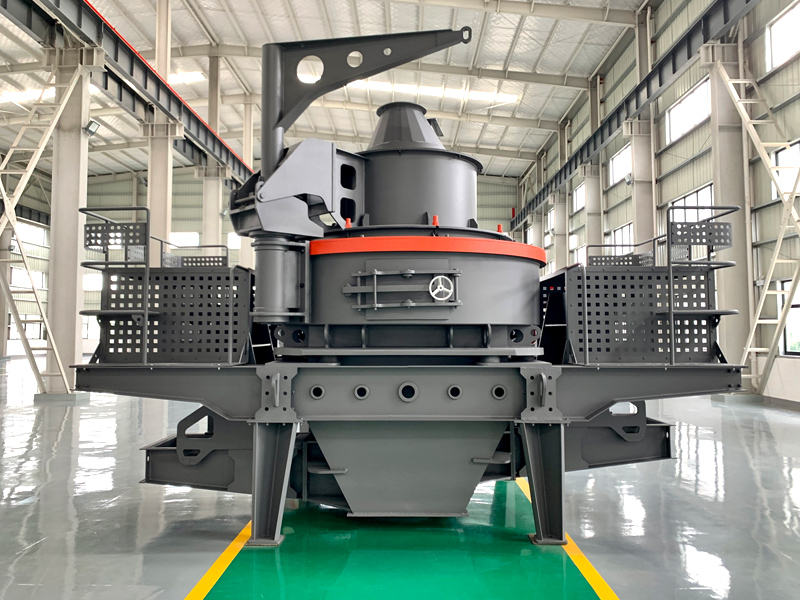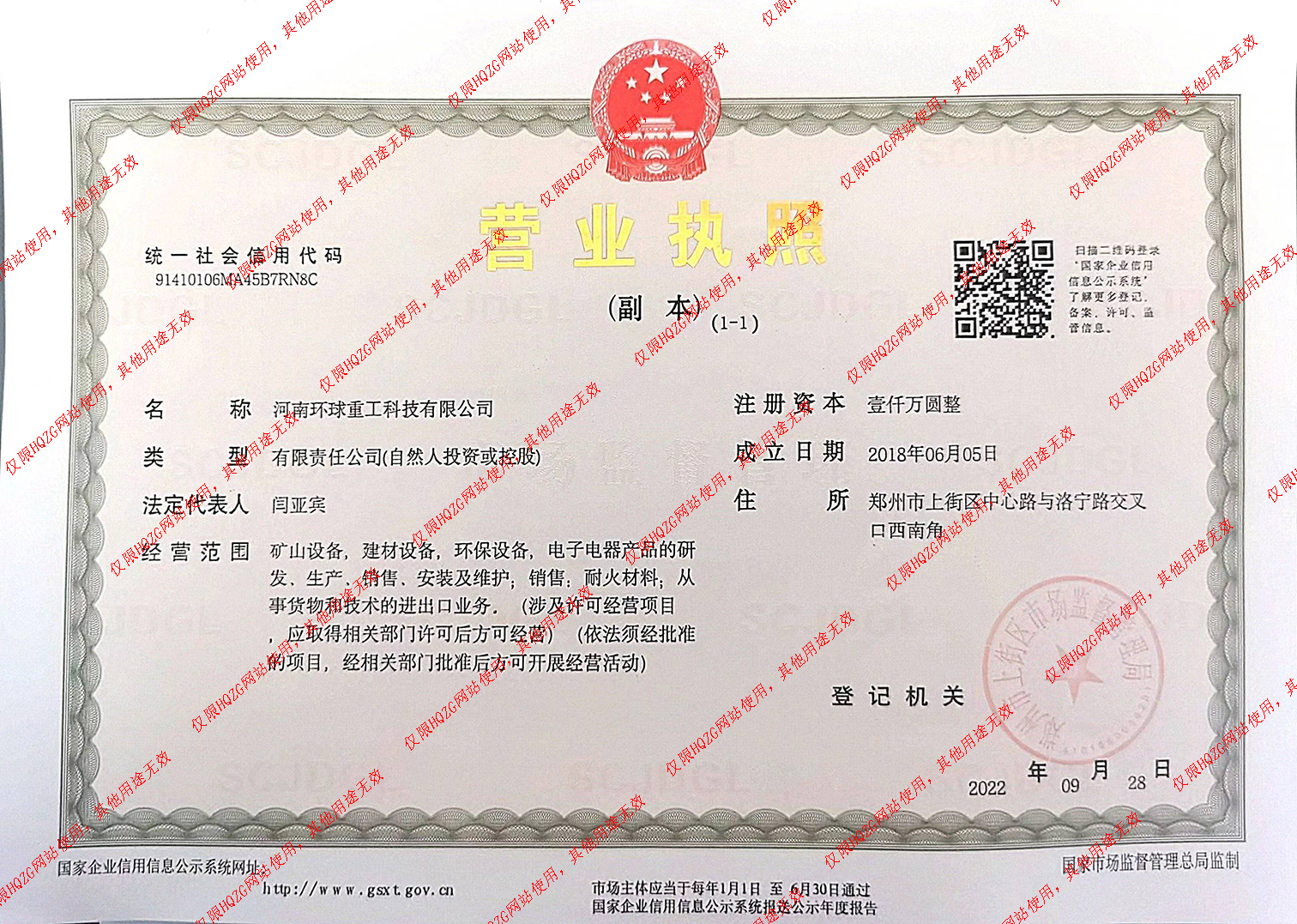Popular searched products:
What are the requirements for sand and gravel suitable for railway and highway use?
1. Particle size distribution: Sand and gravel aggregate should have a reasonable particle size distribution, that is, contain particles of various sizes. This helps create a strong structure, reduces porosity and increases density.
2. Robustness: The aggregate should have sufficient firmness and wear resistance to resist the load and pressure of vehicles and trains. Stronger aggregate reduces deformation and wear.
3. Physical stability: The aggregate should have good physical stability to prevent creep or settlement due to moisture and pressure.
4. Height angle internal friction angle: The sand and gravel aggregate should have enough height angle internal friction angle to ensure that the vehicle is not prone to slipping when driving.
5. Water absorption: The water absorption of sand and gravel aggregates should not be too large. Excessive water absorption may cause freezing, softening or other adverse effects.
6. Durability: High-quality aggregates should have good durability and be able to maintain their performance under long-term use and harsh conditions.
7. Non-corrosive: Sand and gravel aggregates should not be corrosive to railway and highway materials and facilities to ensure the life and safety of railways and highways.
Railway and highway gravel, crushing and sand making
How to produce sand and gravel aggregate for railways and highways?
1. Raw material selection: First, you need to select suitable raw materials, usually high-quality natural stones, such as granite, limestone, basalt, etc. These stones should comply with relevant standards and requirements, such as hardness, solidity, wear resistance, etc., ETC.
2. Crushing and sand making: The raw materials are initially crushed by the jaw crusher, and then further crushed by cone crusher, impact crusher and other equipment to obtain the required particle size.
3. Screening: The crushed stone is classified through screening equipment to separate stones of different particle sizes to obtain sand and gravel aggregate that meets the requirements.
4. Water washing: Sometimes it is necessary to wash the sand and gravel aggregates with water to remove impurities such as soil and dust and improve the cleanliness of the sand and gravel aggregates.
5. Quality inspection: Conduct quality inspection on the produced sand and gravel aggregate to ensure compliance with relevant standards and requirements.
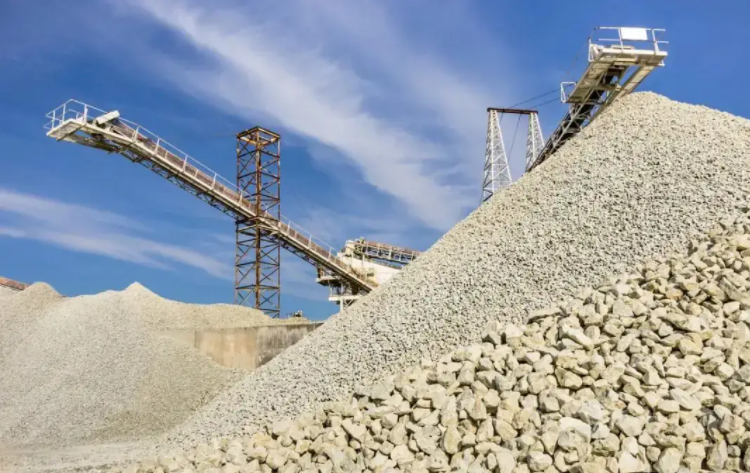
In the areas involved in railway and highway projects, sand and gravel companies can improve their sand and gravel production technology and quality, strive for industry competitiveness, and continue to contribute to national infrastructure construction.
Related Reading
- Regarding the price of mobile sand making machines, manufacturer recommendations, and sand blasting effects, this article has everything you want to know!
- What is machine-made sand? Why is machine-made sand so popular? What are the advantages of machine-made sand?
- A brief discussion on the uses and development prospects of machine-made sand, with a case study of machine-made sand production line
- There are four methods for recycling fine sand. Do you know them all?

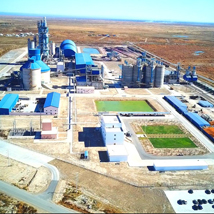


 Source:
Source: Time:2024/04/26 09:54:48
Time:2024/04/26 09:54:48